Fedora On Apple Silicon Mac. Install Fedora Workstation on M1 or M2 Mac using VMWare Fusion 13. VMWARE Fusion brings support for apple silicon Mac that allows the installation of Fedora Linux inside a virtual machine.
Pre-Requisites
Reserve 30GB Of Free Space or More
Mac With Apple Silicon Chip (Works For Intel Too )
Installation
That being said it’s time to start installing Fedora on apple silicon Mac Using VMWare Fusion. Go ahead open your browser and head over to the below Link.
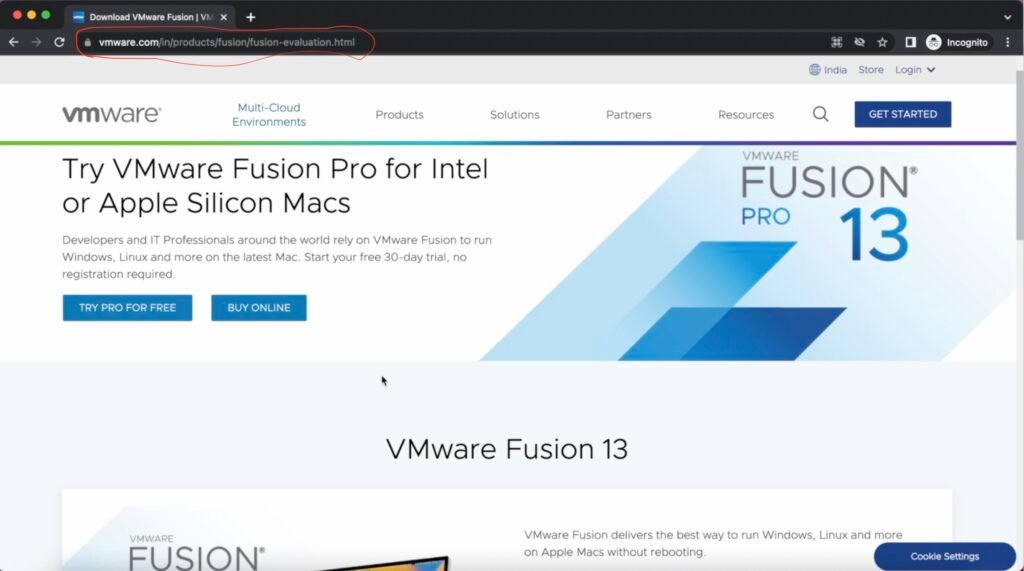
VMWare Fusion is free to use for personal computing. You can also buy the premium version based on your demand. Then click register for a personal use license. Create a user account if you don’t have one. Log into with your credentials. Once you logged in, under the license & download section you will see VMware fusion 13 for apple silicon and the license key. Go ahead copy the free license key, and download the dmg file.
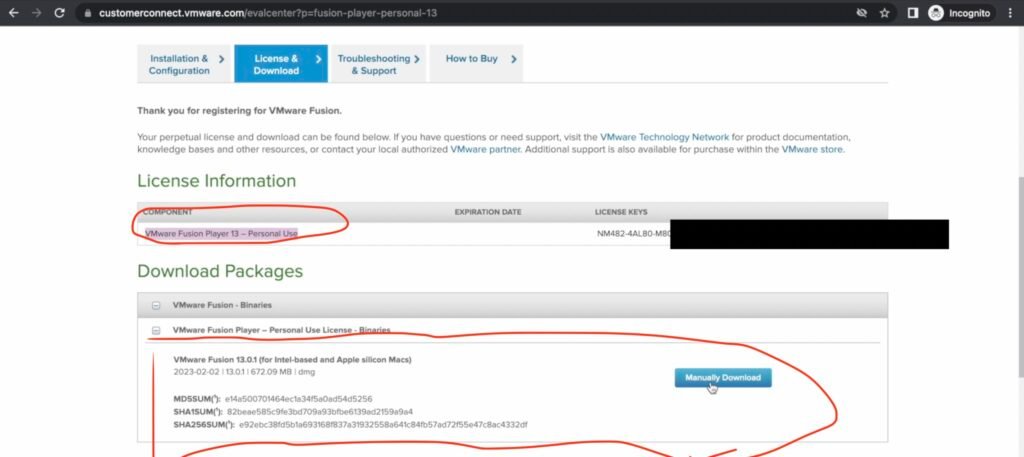
Then, head over to the Fedora website. Choose Fedora workstation official, download the ISO.
Note: Since we are installing on Apple Silicon Mac, download the Image that says aarch64. Intel users download x86 variant.
Create Virtual Machine
Then go ahead double click on the VMWare Fusion DMG File and follow the on-screen instructions and install it. Using the free license key, activate the VMWARE Fusion. Allow, VMWare to use the system accessibility features. Once it’s done, restart the VMWare Fusion. Now, click on install from disc or image, and import Fedora ISO.
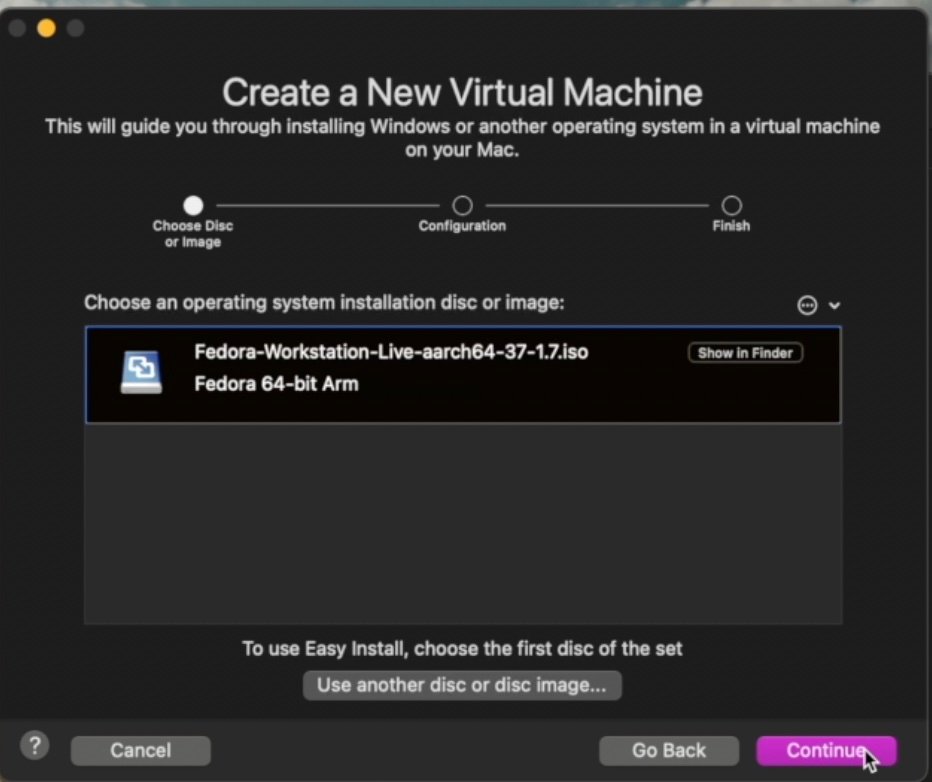
Now, click on continue, VM Fusion is smart enough to determine the preset of the operating system. As you can see this is the summary of the fedora virtual machine.

Just go ahead and choose to customize settings, name the virtual machine, and click on save. Using the settings of the Virtual machine, choose processors and memory then increase the CPU Cores to 4 for better performance. I am gonna allocate the 4 gigs of ram for Fedora.
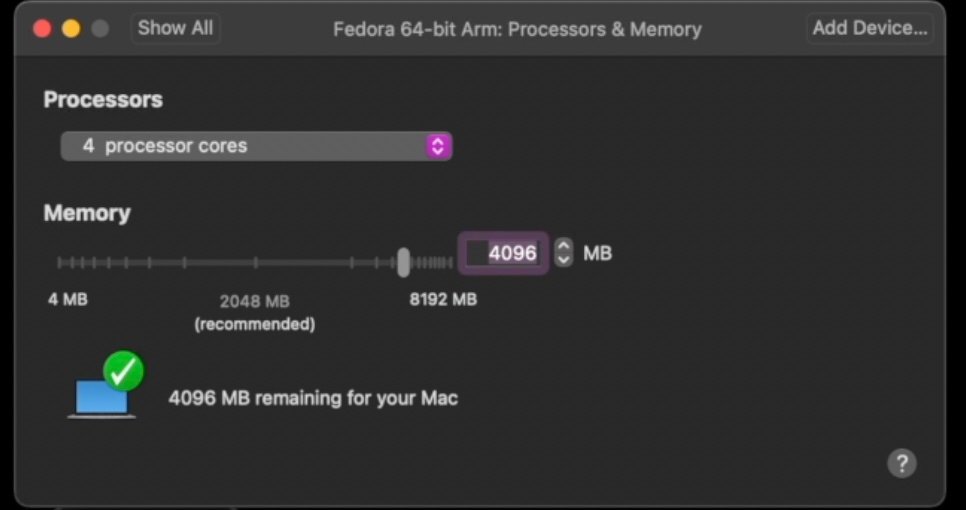
Then choose a hard disk and increase the size of the virtual disk based on your usage. By default, VMWare allocates 20GB of free space for any guest OS.

Once it’s done, start the virtual machine by clicking on the play button.
Keep in mind, when you click inside a virtual machine, the cursor control will be bounded to the Guest OS. To Release press the control and command keys to get the control of the cursor back to the macOS.
Fedora Installation
Now, using the welcome screen choose to install it on the hard drive. Go ahead and set the system language.
Then select installation destination, under the drive selection choose the VMWare Virtual disk and set the storage configuration to automatic and click on done. You need to do it one more time if the installer fails to load the installation destination.
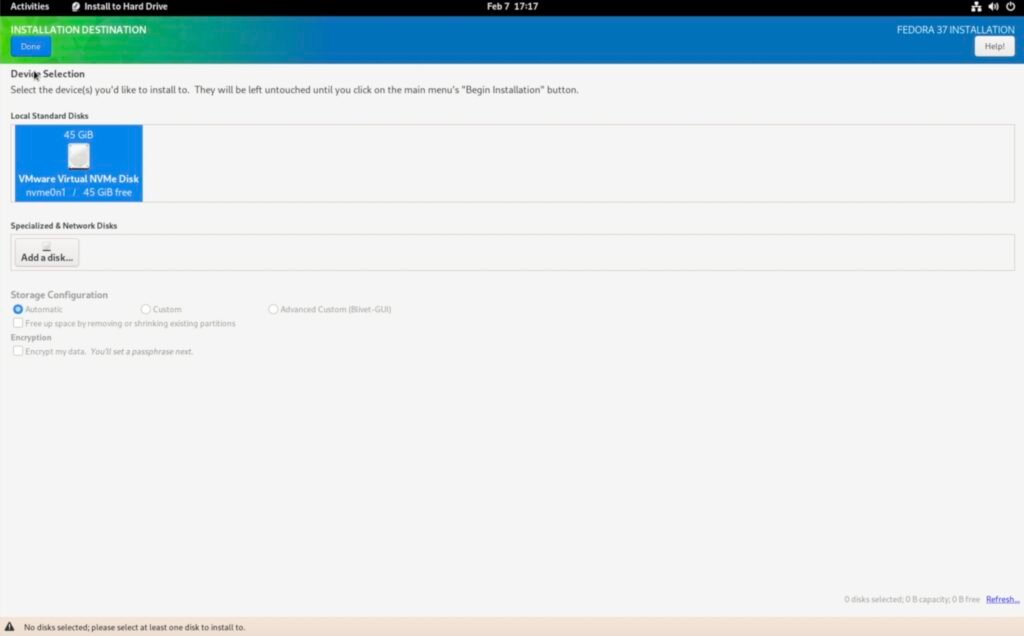

Once it’s done, click on begin the installation. It may take some time, to sit back and relax and grab some drinks.
Once the installation is complete, click on finish installation and reboot. You don’t have to unmount the ISO, VMWARE Fusion will do it automatically for us. Voila, now you see the welcome screen. Go ahead and create a user account to start using Fedora Linux.
Fix Screen Resolution
The first thing that I did after installing Fedora Linux was using the native screen resolution and then I scaled the display by 200%. Then, I noticed the text and UI elements look very sharp and easy on the eyes. The screen resolution will be changed if you switch between the guest and host OS. This is only happening when using the Wayland session, Then I switched to XORG, and VM uses the full native screen resolution.
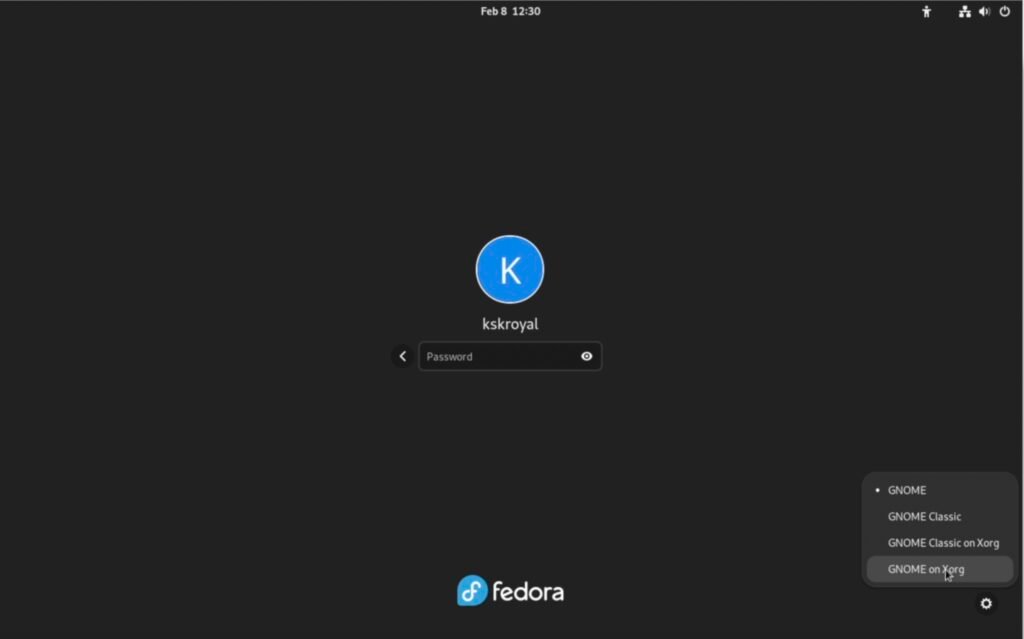
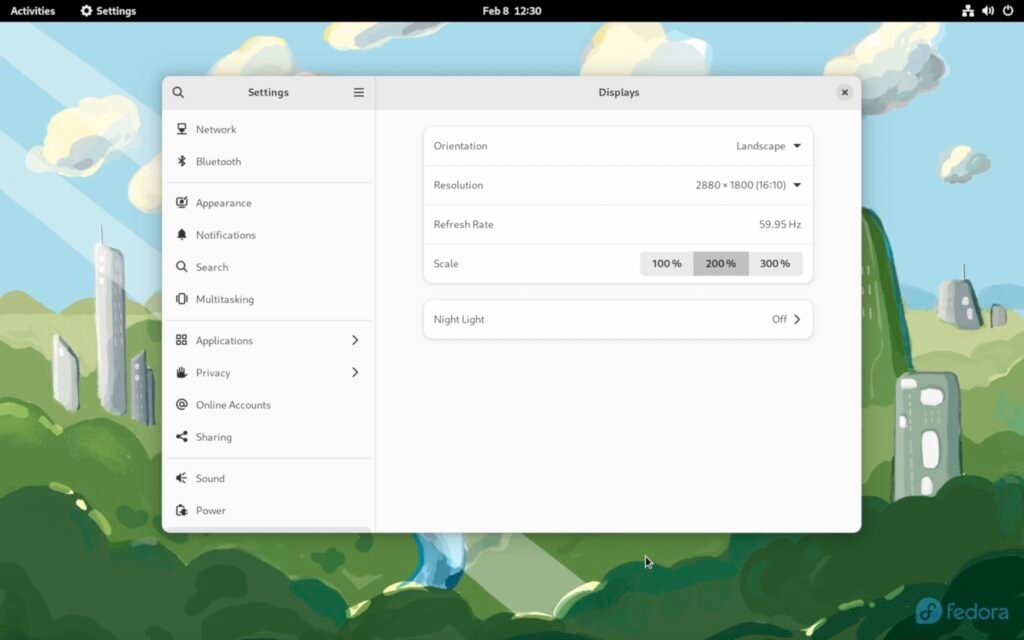
Bugs
The Main caveat with VMWare is that it uses software rendering and you won’t see any animations or transitions which is kinda a bummer. Apart from that, the software rendering is doing its job perfectly. You won’t face any lag or hiccups in terms of performance. The UI feels very responsive and faster. Most of the preinstalled apps and tools are working fine without any issues.
Unfortunately, I could not able to install VMWare tools that will enable hardware acceleration, directory sharing, and more. If anyone of you has a solution let me know in the comments section down below. Now, Other than that, with the help of clipboard sharing, you can copy and paste the text between the guest and Host OS.
Lastly, I tried, installing VSCode, and guess what it works fine.
Delete Fedora
If in case you decide to delete or remove Fedora Linux, shut down the VM. Using the Menu bar, choose Window, Virtual machine library then right-click on the Fedora Linux, choose to delete and move to trash. This will free up the space on macOS.
That’s pretty much it, this is how you install Fedora Linux on any Mac with Apple Silicon Using VMWare Fusion.






